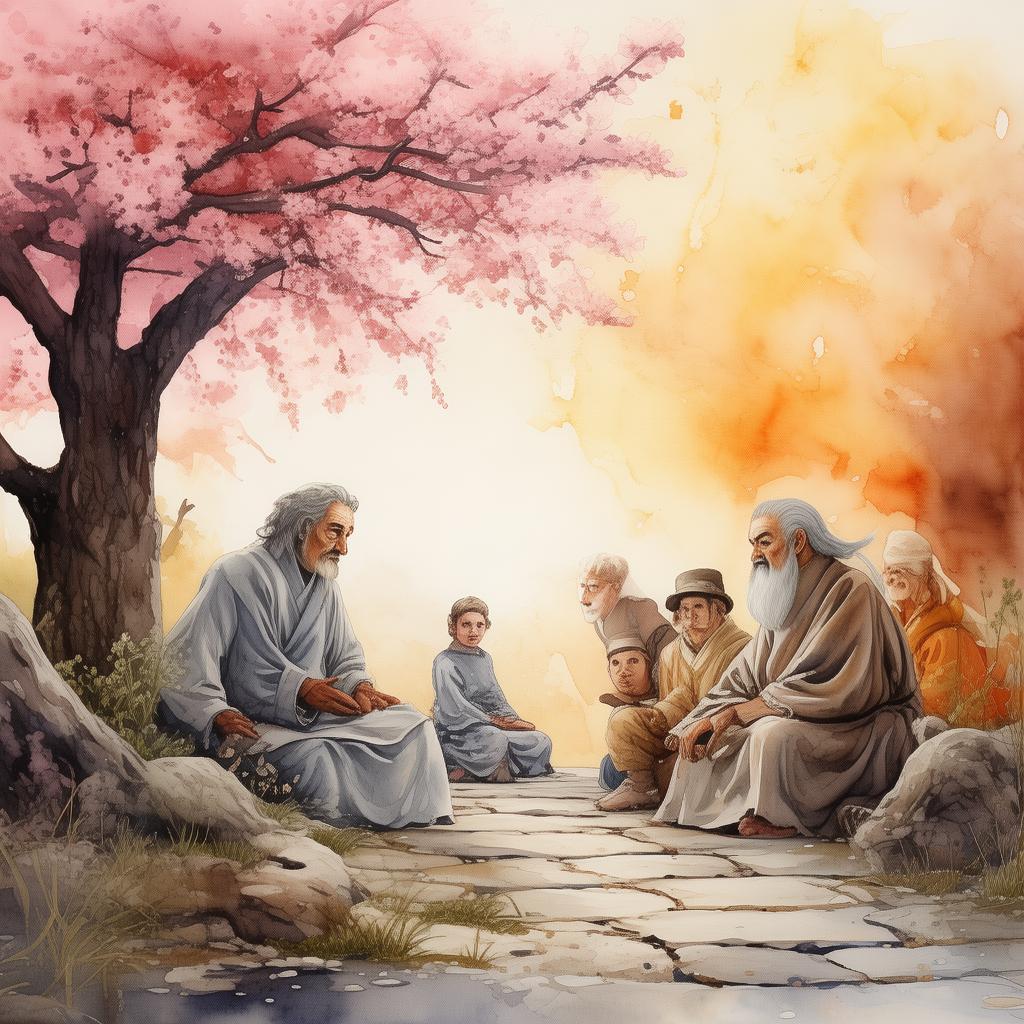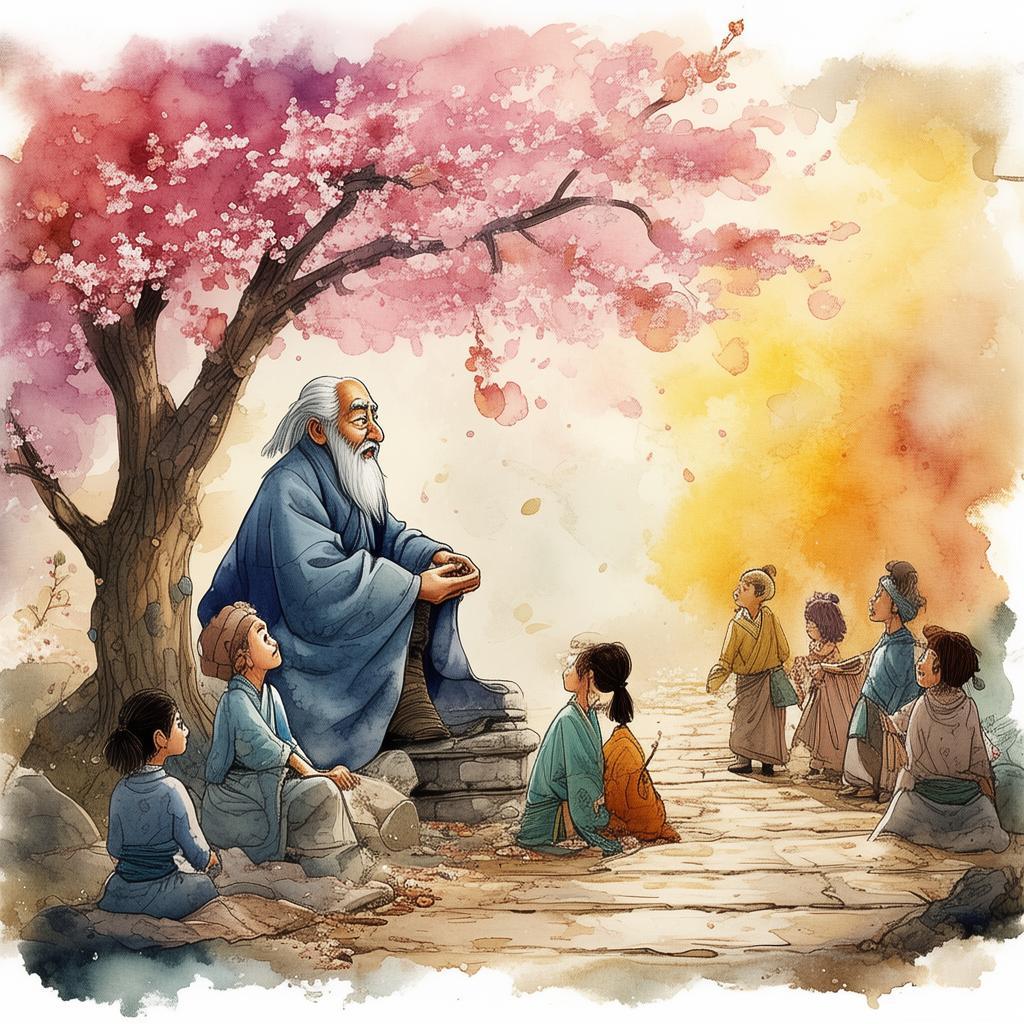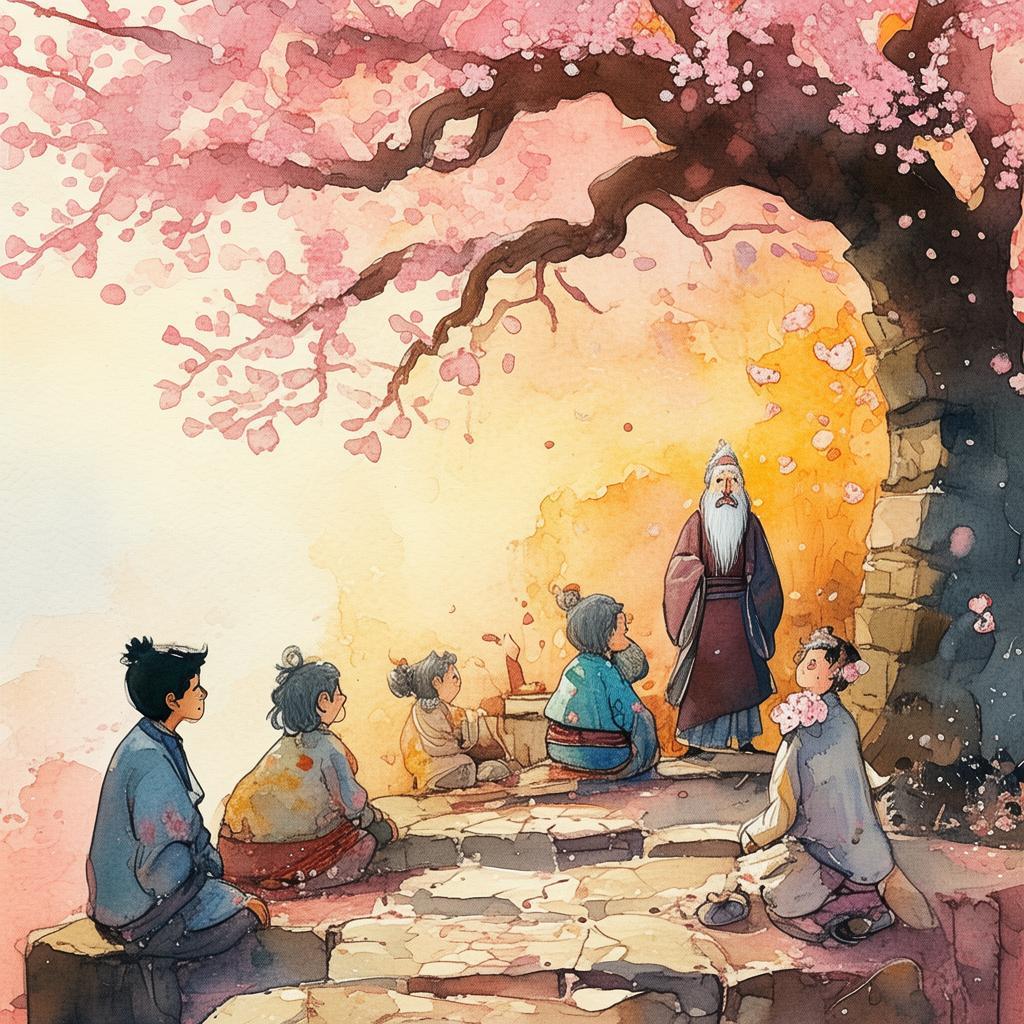The Architect's Altered Reality: A Parallel Path to Perfection
In the heart of a bustling metropolis, there stood a towering skyscraper known as the "Paradise Tower." Its glass facade reflected the city's relentless ambition, and within its walls, a legend had been born. The architect, Li Feng, was a man whose name was synonymous with innovation and mastery. His latest creation, the Paradise Tower, was not just a building; it was a testament to his belief that architecture could alter reality itself.
Li Feng was a perfectionist, a man who saw the world in stark contrasts. To him, the world was a canvas, and he was the artist with the power to paint it as he saw fit. He had always been fascinated by the concept of parallel worlds, places where reality could diverge from the one we knew. It was this fascination that led him to design the Paradise Tower, a structure that would not only serve as a beacon of his genius but also a gateway to a new reality.
The story begins with Li Feng standing at the top of the Paradise Tower, his hands resting on the railing, overlooking the city. The wind howled through the glass, and he felt a shiver run down his spine. He had spent years perfecting the design, ensuring that every curve, every angle, was perfect. The tower was a reflection of his soul, a manifestation of his dreams.
"I have built a world," he whispered to himself, "a world where everything is as it should be."
Li Feng had always been a solitary figure, his mind consumed by his work. He had no family, no friends, only the company of his thoughts. He had built the Paradise Tower to house his creation, a world where the rules of physics were bent to his will. In this world, there were no flaws, no imperfections. It was a place of perfection, a utopia where everything was as it should be.
As he delved deeper into his creation, Li Feng began to build parallel worlds within the Paradise Tower. Each world was a reflection of the other, yet subtly different. In one world, the sky was a brilliant shade of blue, while in another, it was a deep, inky black. In one, the trees were lush and green, while in another, they were barren and dead. Each world was a step closer to the perfect reality he sought.
He spent days, weeks, even months, perfecting these worlds. He became obsessed, his mind consumed by the pursuit of perfection. He would enter each world, examine every detail, and make adjustments. He would start in one world and end up in another, always searching for that one perfect world.
One day, as Li Feng was examining the trees in one of his parallel worlds, he noticed something strange. The trees were moving, swaying gently in the wind. He reached out to touch one, and it felt... alive. He looked around and saw that everything in this world was moving, breathing. The grass was rustling, the flowers were blooming, and the birds were singing.
Li Feng was taken aback. He had never intended for his worlds to be alive. They were a reflection of his own ideals, his own pursuit of perfection. But now, he saw that life had found a way to seep into his creation. It was as if the worlds were responding to his own emotions, his own desires.
He stood there, watching the world come to life, and he realized something profound. The pursuit of perfection was a journey, not a destination. It was a continuous process, a constant evolution. And in this world, where life was thriving, he found a new definition of perfection.
Li Feng decided to alter his approach. Instead of striving for a single perfect world, he began to create a tapestry of worlds, each with its own unique characteristics. Some would be perfect, some would be flawed, but all would be alive and breathing.
As he continued to work, Li Feng found that his own life began to change. He started to see the beauty in imperfection, the value in diversity. He began to appreciate the complexity of the world around him, and he found joy in the simple things.

One day, as he was walking through the city, he saw a small girl playing with a butterfly. She was laughing, her eyes sparkling with wonder. Li Feng watched her for a moment, and then he smiled. He realized that the pursuit of perfection was not about creating a perfect world, but about finding joy in the world as it was.
He turned and walked back to the Paradise Tower, his heart filled with a newfound sense of purpose. He would continue to build his worlds, to explore the possibilities of parallel realities. But now, he would do it with a new perspective, one that embraced the beauty of life in all its forms.
And so, the legend of Li Feng and the Paradise Tower continued to grow. People would visit the tower, marveling at the worlds within, and they would leave with a new appreciation for the beauty of the world as it was. For Li Feng, the pursuit of perfection had become a journey of self-discovery, a path to a new reality where the perfect world was no longer a dream, but a reality.
✨ Original Statement ✨
All articles published on this website (including but not limited to text, images, videos, and other content) are original or authorized for reposting and are protected by relevant laws. Without the explicit written permission of this website, no individual or organization may copy, modify, repost, or use the content for commercial purposes.
If you need to quote or cooperate, please contact this site for authorization. We reserve the right to pursue legal responsibility for any unauthorized use.
Hereby declared.









